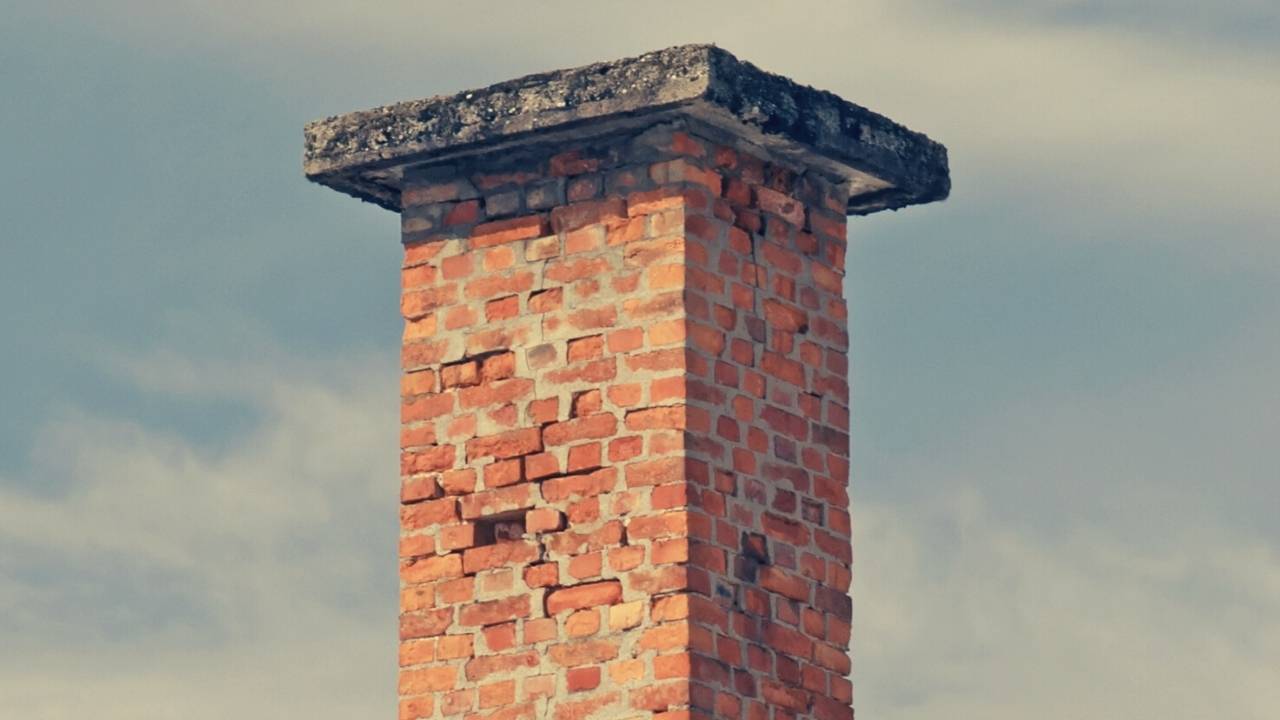

Articles
What Is A Chimney Crown
Modified: February 24, 2024
Looking to learn more about chimney crowns? Check out our comprehensive articles on what chimney crowns are and why they are important for your chimney's protection.
(Many of the links in this article redirect to a specific reviewed product. Your purchase of these products through affiliate links helps to generate commission for Storables.com, at no extra cost. Learn more)
Introduction
Welcome to the world of chimney crowns – an integral part of every chimney system. If you’re a homeowner with a chimney, it’s important to understand what a chimney crown is and why it plays a critical role in maintaining the functionality and structural integrity of your chimney.
A chimney crown is a horizontal slab that covers the top surface of the chimney structure. It acts as a protective barrier, shielding the chimney from external elements such as rain, snow, and debris. Designed to withstand the harsh outdoor conditions, a chimney crown acts as the first line of defense in preventing water damage, chimney leaks, and structural deterioration.
Chimney crowns are typically made of durable materials such as concrete, metal, or stone. They are constructed to slope away from the flue opening to ensure that any precipitation or moisture easily drains off, preventing pooling or seepage. Additionally, chimney crowns serve as a barrier to keep pests, birds, and debris from entering the chimney system.
Now that we understand the purpose of a chimney crown, let’s dive deeper into its importance and the role it plays in maintaining the overall health of your chimney.
Key Takeaways:
- Protect your chimney with a well-constructed chimney crown made of durable materials like concrete, stone, or metal. Regular maintenance and prompt repairs can prevent water damage, structural issues, and pest intrusion.
- Stay proactive in maintaining your chimney crown by scheduling regular inspections, monitoring water drainage, and addressing any signs of damage promptly. Proper care ensures the longevity and functionality of your chimney system.
Read more: How To Repair A Chimney Crown
Definition of a Chimney Crown
A chimney crown is a vital component of a chimney system that sits on top of the masonry chimney structure. It is a horizontal slab that acts as a protective barrier, covering the entire top surface of the chimney. The primary purpose of a chimney crown is to prevent water, debris, and animals from entering the chimney while also providing structural support.
Chimney crowns are typically made of durable materials such as concrete, metal, or stone. They are custom-built to fit the specific dimensions and shape of each chimney. The crown is positioned higher than the chimney brickwork to create a gradual slope that allows water to drain away from the chimney instead of pooling on top.
One important aspect of the chimney crown is the overhang or drip edge. This edge extends beyond the outer walls of the chimney, allowing rainwater to fall away from the chimney structure. The crown also includes a central opening, known as the flue hole, which sits directly above the flue liner to ensure proper venting of the fireplace or heating appliance smoke.
Chimney crowns are different from chimney caps or spark arrestors. While both serve to protect the chimney, a chimney cap is attached to the flue pipe and covers the opening, preventing sparks, animals, and debris from entering the flue. On the other hand, a chimney crown sits on top of the chimney brickwork, covering the entire chimney structure.
In summary, a chimney crown is a horizontal slab fitted on top of a chimney structure, serving as a protective barrier against water, debris, and animals. Its design and construction are crucial in ensuring proper drainage and maintaining the overall integrity of the chimney system.
Purpose and Importance of a Chimney Crown
The purpose and importance of a chimney crown cannot be overstated when it comes to the functionality and longevity of your chimney. Let’s explore why this component plays a crucial role in maintaining a safe and efficient chimney system.
First and foremost, the primary purpose of a chimney crown is to provide protection against water intrusion. Water is one of the biggest enemies of chimneys, as it can cause significant damage to the masonry and internal components. A properly constructed and well-maintained chimney crown acts as a waterproof barrier, preventing water from seeping into the chimney structure. It ensures that rain, snow, and other forms of moisture are directed away from the chimney and safely drained off the top.
In addition to water protection, a chimney crown also serves as a defense against debris and pests. It helps to keep leaves, branches, and other debris from entering the chimney system and potentially causing blockages or obstructions. Furthermore, a properly designed chimney crown with an overhang helps to deter pesky animals, such as birds or squirrels, from nesting inside the chimney.
Structural integrity is another essential aspect that a chimney crown contributes to the chimney system. By covering the top surface of the chimney, it provides added support and helps to distribute the weight evenly, reducing the risk of cracks or other damage to the masonry. A well-constructed crown that is designed to withstand the elements and resist deterioration enhances the overall stability and longevity of the chimney.
Furthermore, a chimney crown can also help to minimize the risk of chimney fires. When sparks or embers from the fireplace or heating appliance rise up the flue, a properly functioning chimney crown with a central flue hole ensures that these particles are directed out of the chimney, rather than being dispersed onto the roof or surrounding combustible materials.
Overall, the importance of a chimney crown lies in its ability to protect the chimney from water, debris, pests, and structural damage. By investing in a high-quality chimney crown and ensuring regular inspections and maintenance, homeowners can extend the lifespan of their chimney and enjoy a safe and efficient fireplace or heating appliance.
Construction Materials for Chimney Crowns
When it comes to constructing chimney crowns, there are several materials to choose from, each with its own unique benefits and considerations. The choice of construction material depends on factors such as budget, climate, and personal preference. Let’s explore some of the common materials used for chimney crowns:
- Concrete: Concrete is a popular choice for chimney crowns due to its durability and affordability. It can be poured or formed into the desired shape and provides excellent protection against water intrusion. However, it is essential to use a high-quality concrete mix that contains proper additives to ensure strength and resistance to cracking.
- Stone: Stone chimney crowns are known for their aesthetic appeal and natural durability. Materials such as limestone, slate, or cast stone can create a timeless and elegant look for the chimney. Stone crowns require skilled craftsmanship for proper installation and must be carefully sealed to prevent water penetration through the joints.
- Metal: Metal chimney crowns, typically made of stainless steel or galvanized steel, are gaining popularity due to their longevity and ease of installation. Metal crowns are resistant to rust and corrosion and offer excellent protection against moisture. They are often pre-fabricated to fit the chimney dimensions and can provide a sleek and modern appearance.
- Clay Tiles: Clay tiles are a traditional choice for chimney crowns. They offer excellent heat resistance and can withstand extreme temperatures. However, clay tile crowns are more commonly used in chimneys with clay tile liners as they provide a seamless transition from the flue liner to the crown. Proper installation and regular maintenance are crucial to prevent cracking or movement of the clay tiles.
Regardless of the material chosen, it is essential to ensure proper construction techniques and adherence to industry standards. The crown should be built with a slight slope away from the flue opening to allow for proper water drainage. The use of expansion joints, proper reinforcement, and quality sealants helps to prevent cracks and ensure the longevity of the chimney crown.
It’s important to consult with a professional chimney contractor to determine the most suitable material for your specific chimney system. Factors such as local climate, chimney usage, and budget should be taken into consideration to make an informed decision. Proper installation and regular maintenance of the chimney crown will help to protect your chimney for years to come.
Common Problems with Chimney Crowns
While chimney crowns play a crucial role in protecting chimneys from external elements, they are not immune to problems. Over time, chimney crowns can develop issues that require attention and repair. Here are some common problems that homeowners may encounter with chimney crowns:
- Cracks and Deterioration: One of the most common issues with chimney crowns is the development of cracks. These cracks can occur due to freeze-thaw cycles, age, or poor construction. If left unaddressed, these cracks can widen and allow water to penetrate the chimney structure. Deterioration of the crown’s surface can also occur due to exposure to the elements, leading to further water intrusion and structural damage.
- Improper Slope: The slope of the chimney crown is crucial in ensuring proper water drainage. If the crown is not sloped correctly, water can pool on top and seep into the chimney. This can lead to water damage, chimney leaks, and potential structural issues. Incorrect slope can be a result of poor construction or settling of the chimney over time.
- Crumbling or Missing Mortar: Mortar joints between the individual components of the chimney crown can deteriorate over time. Crumbling or missing mortar joints can allow water to penetrate the crown, leading to further damage and deterioration. Regular inspection and maintenance can identify and address any issues with the mortar joints.
- Lack of Sealant: Chimney crowns should be properly sealed to prevent water infiltration through the joints and cracks. If the sealant has deteriorated or was never applied, water can easily seep in and cause damage. Regular inspection and reapplication of sealant can help maintain the integrity of the chimney crown.
- Poor Construction or Design: In some cases, the problems with chimney crowns can be attributed to poor construction or design. If the crown was not built with quality materials or failed to follow proper construction techniques, it can be prone to issues such as cracking, water damage, or structural instability. Hiring a knowledgeable and experienced professional for crown construction or repair is essential to ensure its longevity.
To prevent and mitigate these issues, it is essential to conduct regular chimney inspections and maintenance. A professional chimney sweep or inspector can identify any problems with the chimney crown and recommend the necessary repairs or improvements. By addressing these issues promptly, homeowners can prevent further damage to their chimney and ensure its continued functionality and longevity.
A chimney crown is a concrete or metal cap that covers the top of the chimney to protect it from water damage and prevent debris from entering. It should be properly constructed and maintained to ensure the longevity of the chimney.
Signs of a Damaged or Deteriorating Chimney Crown
A damaged or deteriorating chimney crown can lead to significant problems if left unattended. It is essential for homeowners to be aware of the signs that indicate issues with the chimney crown. By recognizing these signs early on, necessary repairs can be made to prevent further damage. Here are some common signs of a damaged or deteriorating chimney crown:
- Visible Cracks: Cracks on the surface of the chimney crown are a clear indication of damage. These cracks can range from hairline cracks to more severe fractures. They can occur due to freeze-thaw cycles, poor construction, or age-related deterioration. Inspect the chimney crown regularly for any visible cracks.
- Water Leakage: If you notice water leaks or stains on the ceiling or walls near the fireplace or chimney, it could be a sign of a damaged chimney crown. Water can seep through cracks or gaps in the crown, leading to water damage inside the house. It is important to address water leaks promptly to prevent further structural damage and mold growth.
- Efflorescence: Efflorescence is a white, powdery substance that can appear on the surface of the chimney crown or surrounding masonry. It is caused by the migration of salts from within the masonry to the surface. Efflorescence indicates that water is infiltrating the chimney system, and the chimney crown may be compromised.
- Deterioration of Mortar Joints: If you notice crumbling or missing mortar joints between the bricks or stones of the chimney crown, it is a sign of deterioration. The deterioration of mortar joints can allow water to penetrate the crown, leading to further damage. Regular inspection of the mortar joints is essential to identify any issues early on.
- Presence of Vegetation: If you notice the growth of moss, plants, or vegetation on the chimney crown, it is a clear indication of moisture retention. The presence of vegetation suggests that the crown is not properly sloped or draining water effectively, allowing moisture to accumulate and support plant growth.
If you observe any of these signs, it is important to consult with a professional chimney contractor for a thorough inspection and assessment. They will be able to determine the extent of the damage and recommend the necessary repairs or crown replacement. It is crucial to address these issues promptly to prevent further damage to the chimney and ensure the safety and functionality of the entire chimney system.
Repair and Replacement Options for Chimney Crowns
When it comes to addressing issues with chimney crowns, there are several repair and replacement options available. The choice of the appropriate solution depends on the extent of the damage and the overall condition of the chimney crown. Let’s explore some common repair and replacement options for chimney crowns:
- Patching and Sealant Application: If the damage to the chimney crown is minimal and limited to small cracks or deteriorated sealant, patching and sealant application may be sufficient. A professional chimney technician can use compatible patching material to fill the cracks and apply a high-quality sealant to prevent further water intrusion. This option is cost-effective and can extend the lifespan of the chimney crown when the damage is not severe.
- Repointing Mortar Joints: If the mortar joints between the bricks or stones of the chimney crown are deteriorated, repointing may be necessary. Repointing involves removing the damaged mortar and replacing it with fresh mortar. This restores the structural integrity of the chimney crown and prevents water penetration through the joints. Skilled craftsmanship is required for proper repointing to ensure a strong and durable repair.
- Chimney Crown Resurfacing: If the damage is extensive but the underlying structure of the chimney crown is still intact, resurfacing the crown can be a viable option. Resurfacing involves applying a new layer of concrete or another suitable material over the existing crown. This repairs any cracks or deterioration and reinforces the crown’s protective capabilities. Resurfacing can extend the life of the chimney crown and improve its resistance to water and weather damage.
- Crown Rebuilding: In cases where the chimney crown is severely damaged, deteriorated, or structurally compromised, a complete crown replacement or rebuilding may be necessary. This involves removing the existing crown and constructing a new one from scratch. The new crown will be carefully designed and constructed to meet industry standards and provide optimal protection for the chimney. Crown rebuilding ensures a long-lasting solution and helps avoid further issues related to a damaged or failing chimney crown.
- Chimney Cap Installation: In some instances, the chimney crown may be beyond repair or replacement due to extensive damage or structural issues. In these cases, installing a chimney cap can provide an alternative solution. A chimney cap is a metal or mesh covering that fits over the flue opening, offering protection against water, debris, and animals. While it does not replace the functionality of a chimney crown, it serves as a temporary measure to prevent further damage while planning for a future crown replacement.
It is important to consult with a professional chimney contractor to assess the condition of the chimney crown and determine the most appropriate course of action. They will be able to provide expert advice and recommend the best repair or replacement option based on the specific situation.
Regular chimney inspections and maintenance can help identify issues with the chimney crown early on, allowing for timely repairs and avoiding more extensive damage. By addressing problems promptly and choosing the right repair or replacement option, homeowners can ensure the longevity and proper functionality of their chimney systems.
Preventive Maintenance Tips for Chimney Crowns
Proper maintenance is key to ensuring the longevity and functionality of chimney crowns. By following these preventive maintenance tips, homeowners can keep their chimney crowns in good condition and avoid costly repairs in the future:
- Regular Inspection: Schedule regular chimney inspections by a professional chimney technician. They can identify any issues or signs of damage with the chimney crown and recommend the necessary repairs or maintenance.
- Clean Surrounding Area: Keep the area surrounding the chimney clean and clear of debris, such as leaves and branches. This will prevent them from accumulating on the chimney crown and causing damage or blockages.
- Trim Overhanging Trees: Trim any branches or limbs of trees that are overhanging near the chimney. This will prevent them from rubbing against the chimney crown and causing damage or blockages.
- Monitor Water Drainage: Check the drainage system of the chimney crown regularly to ensure that water is properly directed away from the chimney structure. Ensure that gutters and downspouts are clean and functioning effectively to prevent water from pooling around the chimney.
- Reapply Sealant: Monitor the condition of the sealant on the chimney crown and reapply as needed. Sealant helps to prevent water infiltration through cracks or gaps and should be maintained regularly to ensure its effectiveness.
- Inspect for Cracks: Regularly inspect the chimney crown for any visible cracks. Small cracks can be repaired promptly to prevent them from becoming bigger issues that require extensive repairs or crown replacement.
- Address Ice Dams: In colder climates, ice dams can form on the chimney crown. These can cause water to back up and seep into the chimney. Take proactive steps to prevent ice dams, such as ensuring proper insulation and ventilation in the attic.
- Professional Cleaning: Schedule regular chimney cleanings by a professional chimney sweep. This will help remove any debris or buildup within the chimney system that can potentially damage the chimney crown.
- Use Caution with Chimney Use: When using your fireplace or heating appliance, be mindful of the materials being burned and avoid excessive temperatures that can damage the chimney crown. Proper maintenance of the appliance and regular chimney inspections will help identify any potential issues.
- Consult with Professionals: When in doubt or if you notice any signs of damage to the chimney crown, consult with a professional chimney contractor. They have the knowledge and expertise to provide proper guidance and perform necessary repairs to maintain the integrity of the chimney crown.
By following these preventive maintenance tips and taking proactive steps to care for your chimney crown, you can ensure its longevity and protect your chimney system from potential issues. Remember, regular inspections, prompt repairs, and professional maintenance are key to keeping your chimney crown in top shape.
Conclusion
Understanding the importance of a chimney crown and implementing proper maintenance practices is essential for homeowners with chimneys. The chimney crown serves as a protective barrier, shielding the chimney from water, debris, and pests, while also providing structural support. By following preventive maintenance tips and being proactive in addressing any issues, homeowners can ensure the longevity and functionality of their chimney crowns.
Regular inspections by professional chimney technicians and prompt repairs are crucial in identifying and resolving any problems with the chimney crown. Recognizing signs of damage, such as cracks, water leakage, or deteriorated mortar, can help address these issues in a timely manner, preventing further damage to the chimney structure and interior of the home.
Choosing the right construction materials for the chimney crown, such as concrete, stone, or metal, is a decision best made with the guidance of a professional chimney contractor. The appropriate material will depend on factors such as budget, climate, and personal preference. Investing in a well-constructed and properly installed chimney crown will ensure its effectiveness in protecting the chimney system for years to come.
By following preventive maintenance tips, homeowners can protect their chimney crowns from potential problems. Regular inspections, cleaning the surrounding area, monitoring water drainage, reapplying sealant, and addressing ice dams are vital practices in maintaining the integrity of the chimney crown. Additionally, using caution with chimney use and seeking professional guidance when needed are essential steps in caring for the chimney crown and the entire chimney system.
In conclusion, chimney crowns play a critical role in the functionality and longevity of chimneys. Being aware of the purpose, common issues, repair and replacement options, and preventive maintenance tips will help homeowners safeguard their chimney crowns and enjoy a safe and efficient fireplace or heating appliance. By taking care of the chimney crown, homeowners can ensure the well-being of their chimney system and their home for years to come.
Frequently Asked Questions about What Is A Chimney Crown
Was this page helpful?
At Storables.com, we guarantee accurate and reliable information. Our content, validated by Expert Board Contributors, is crafted following stringent Editorial Policies. We're committed to providing you with well-researched, expert-backed insights for all your informational needs.
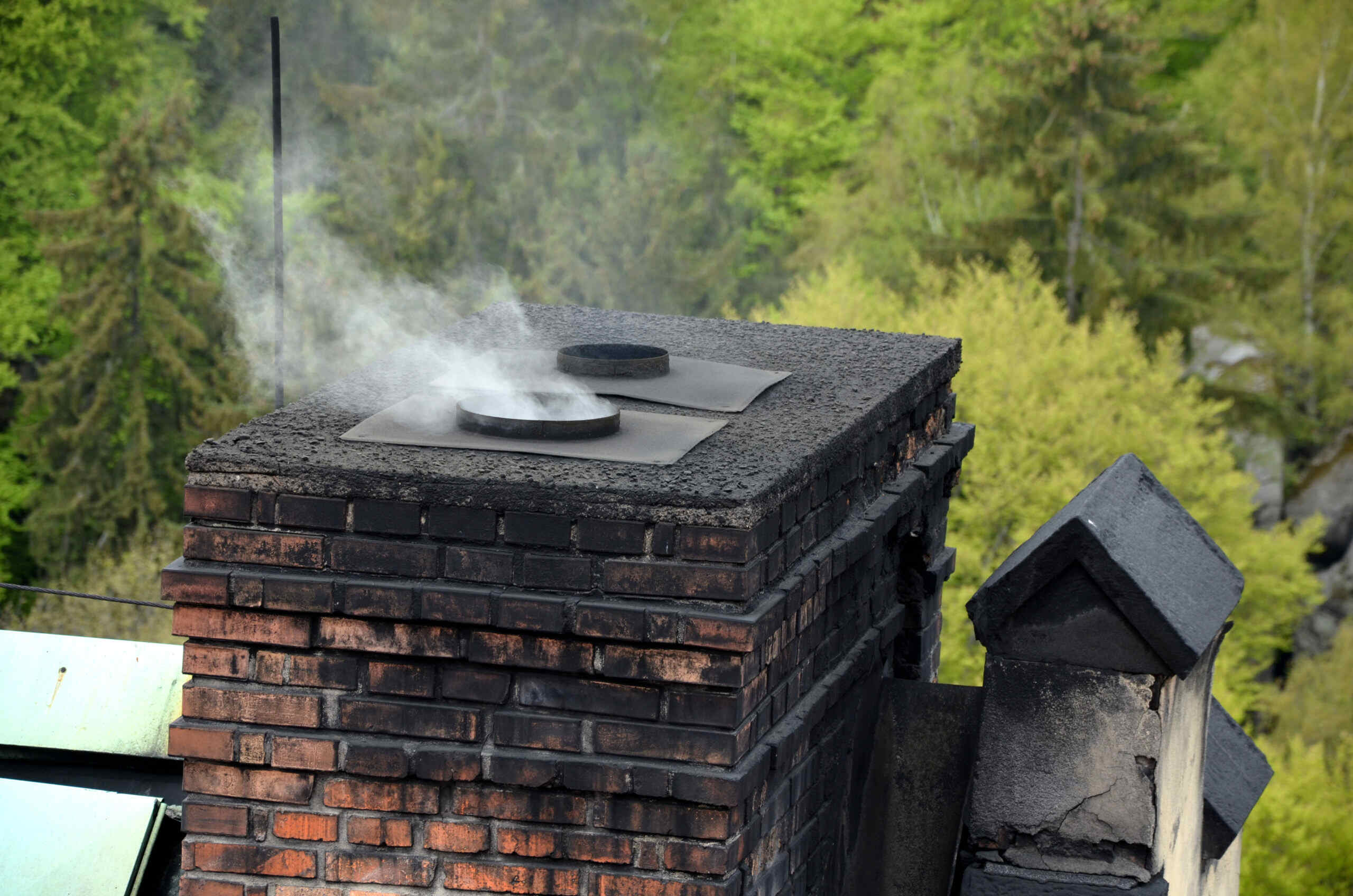
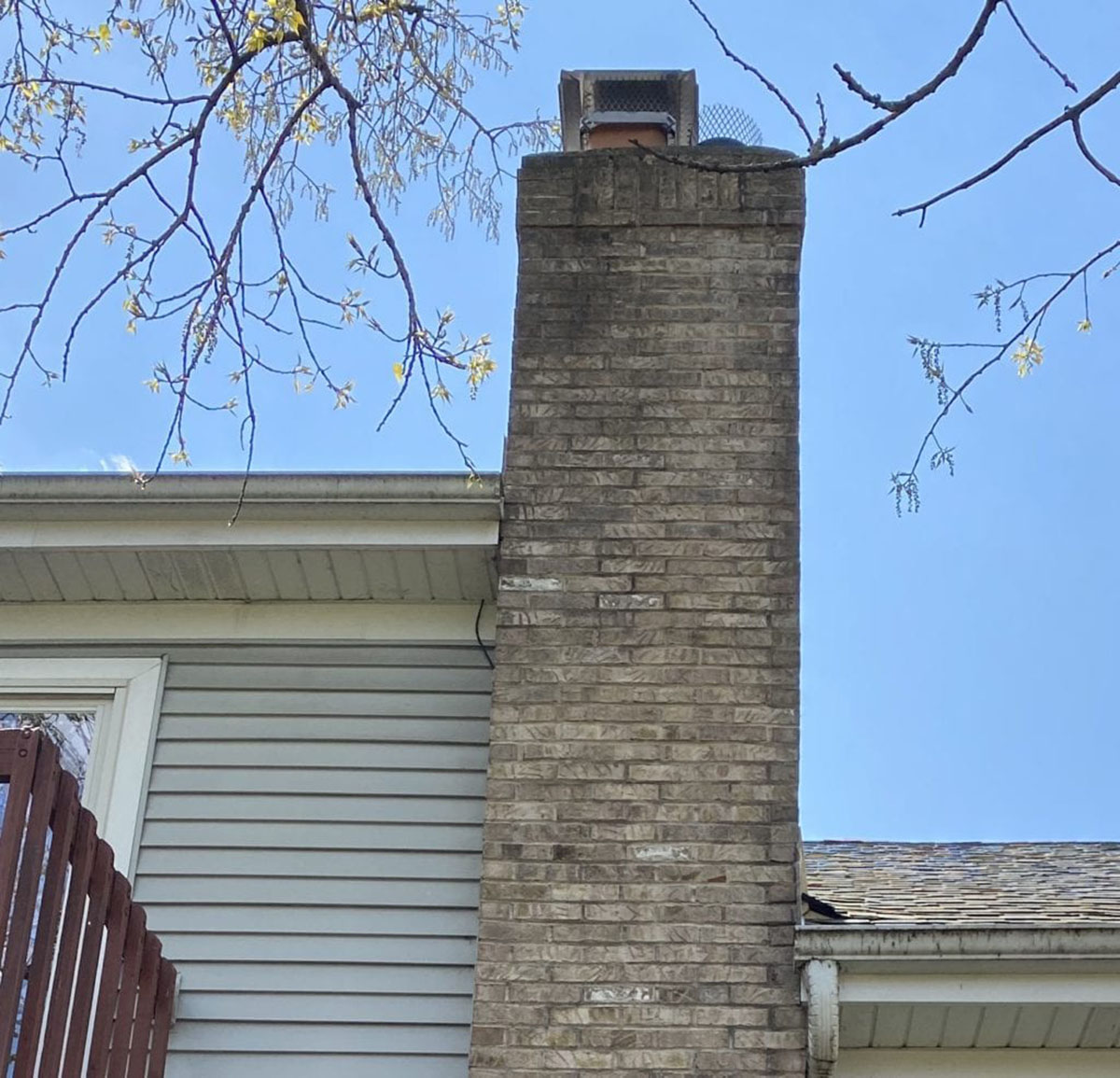

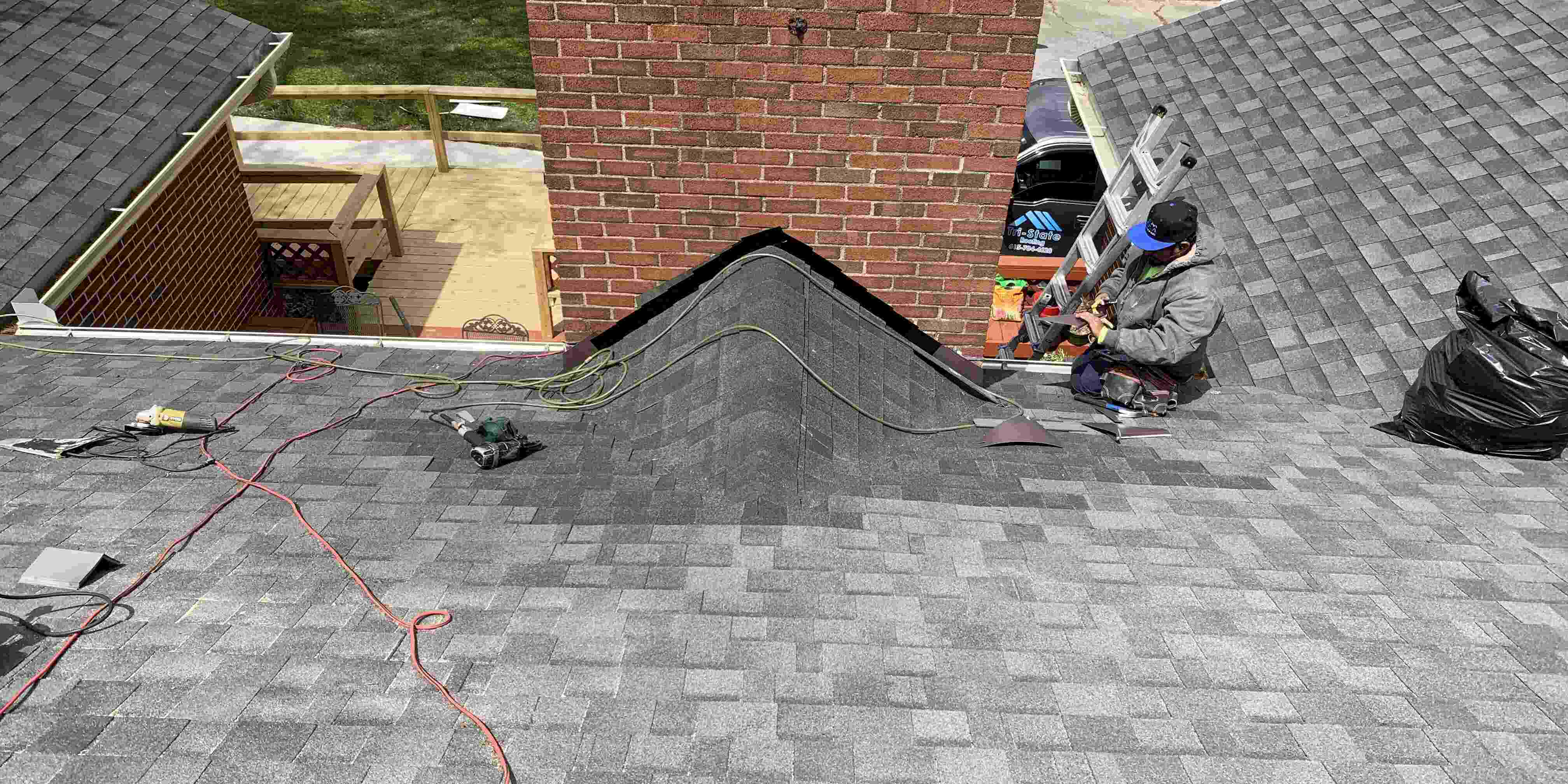
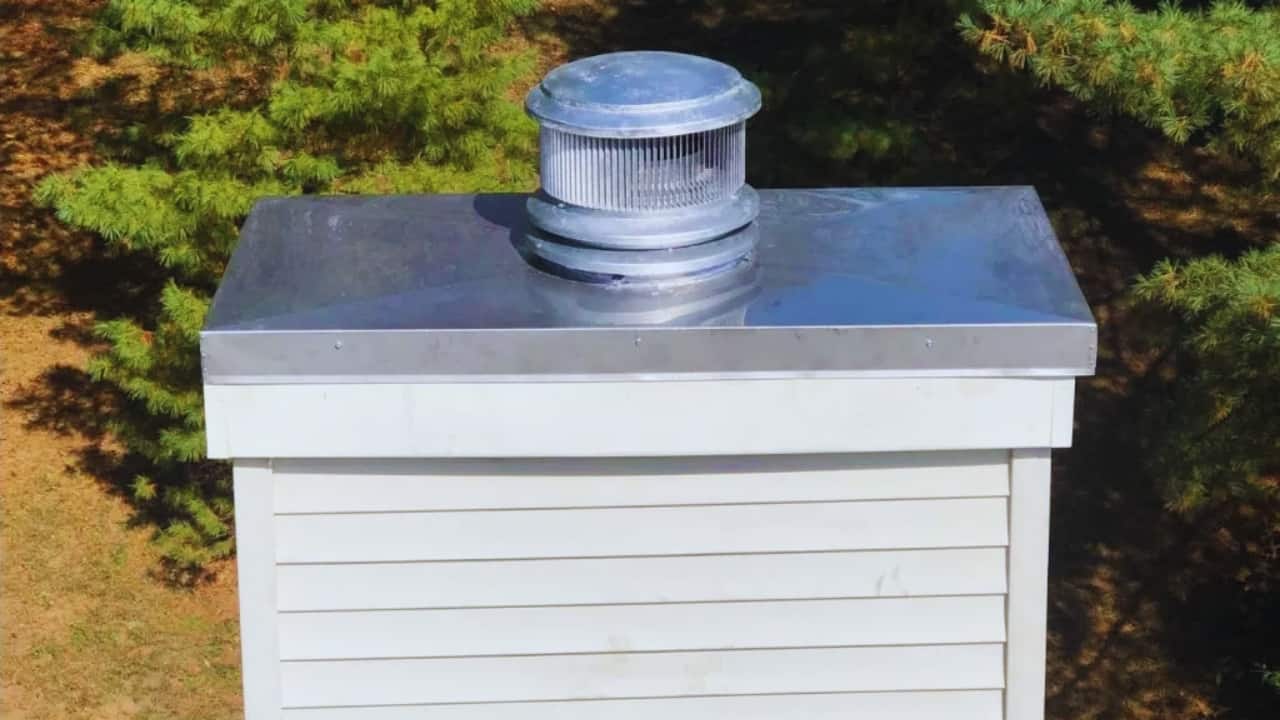
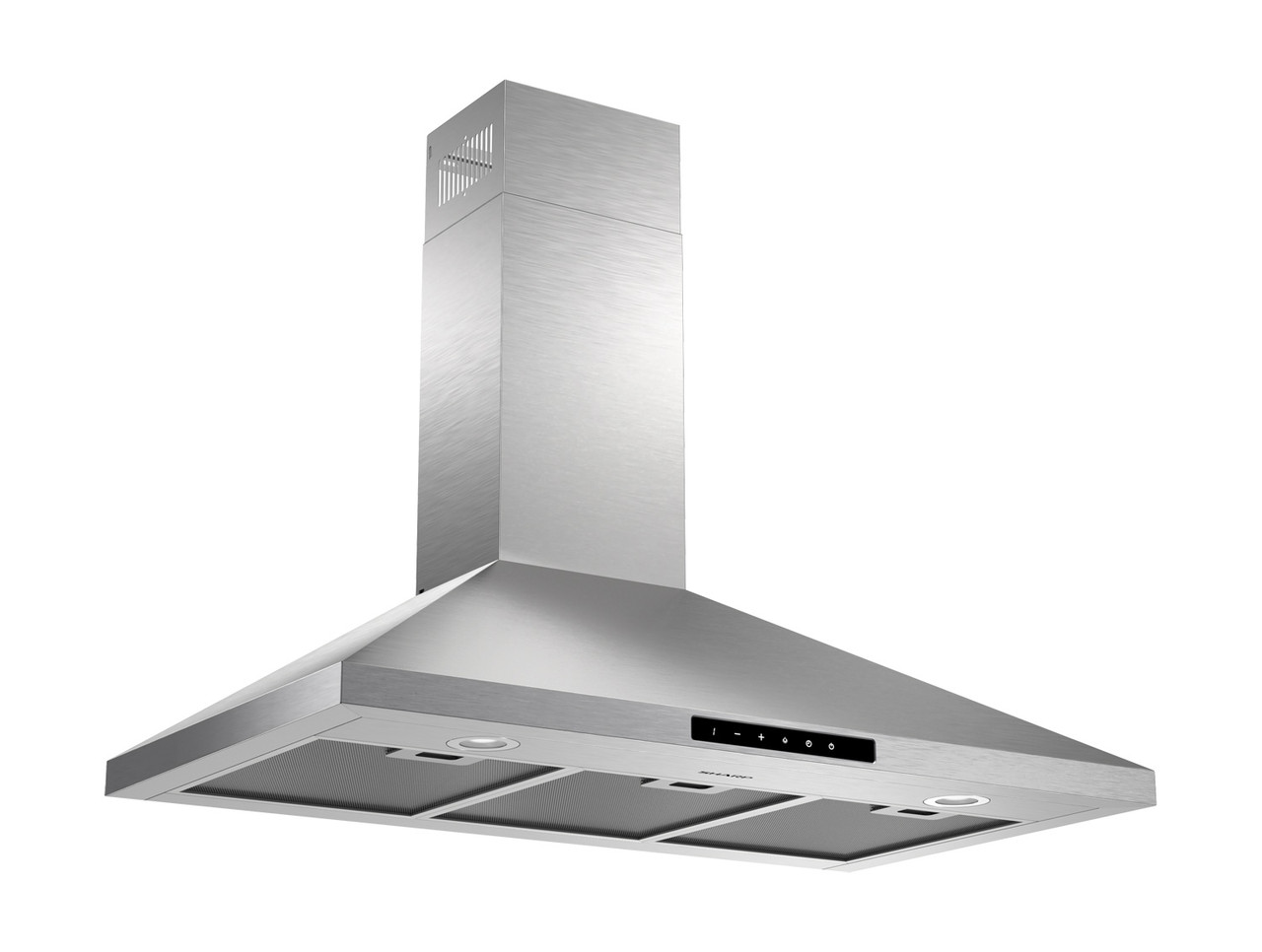
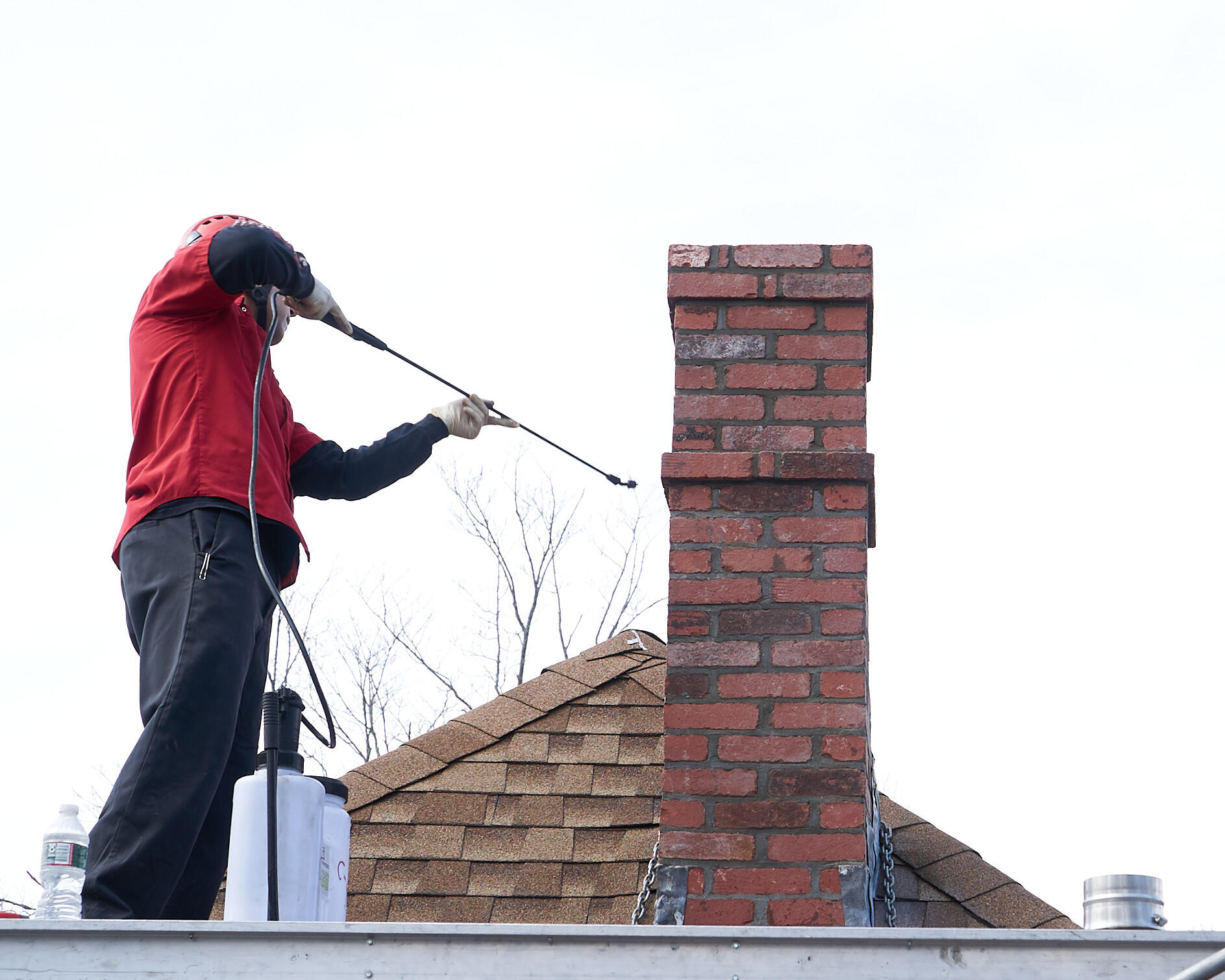
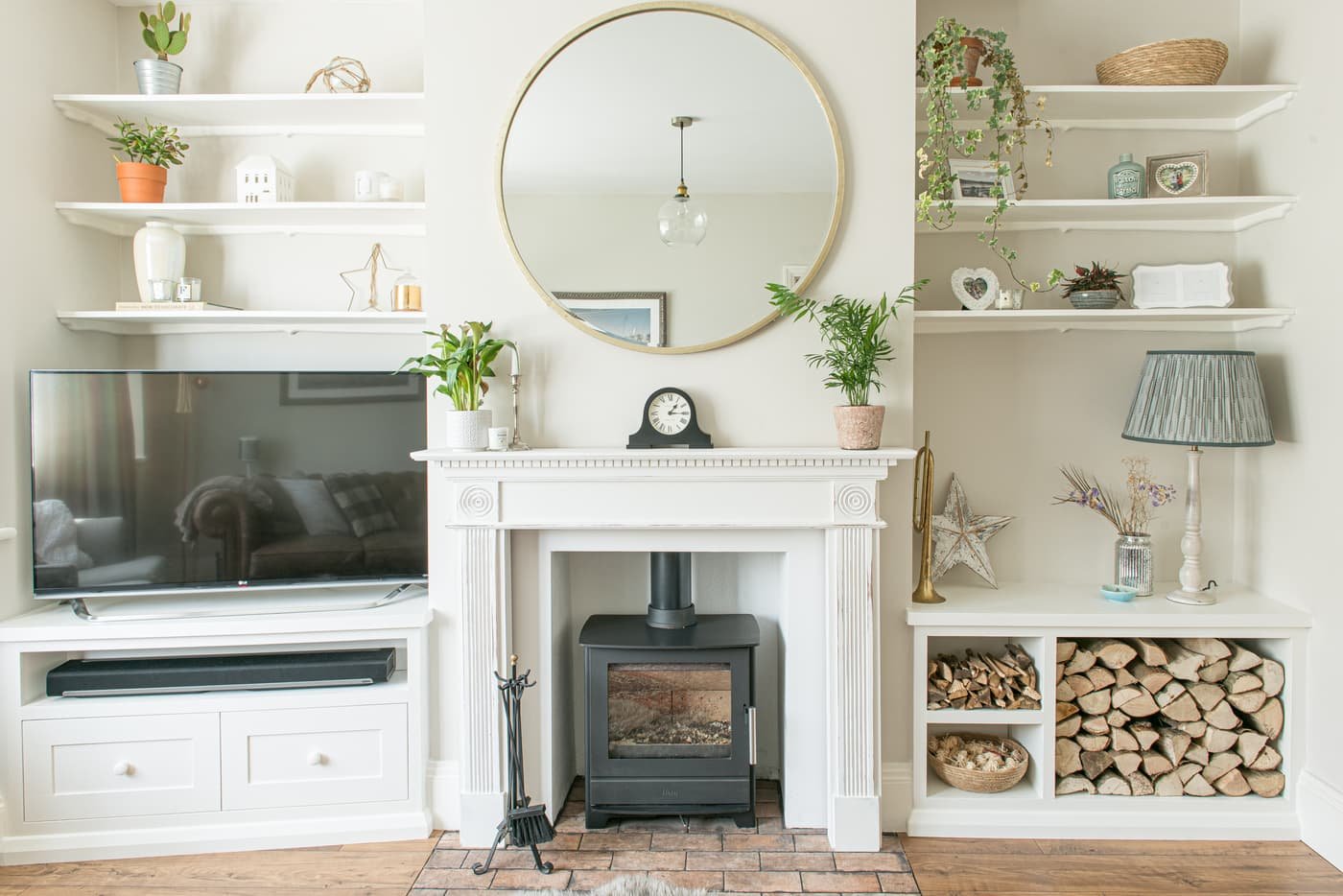
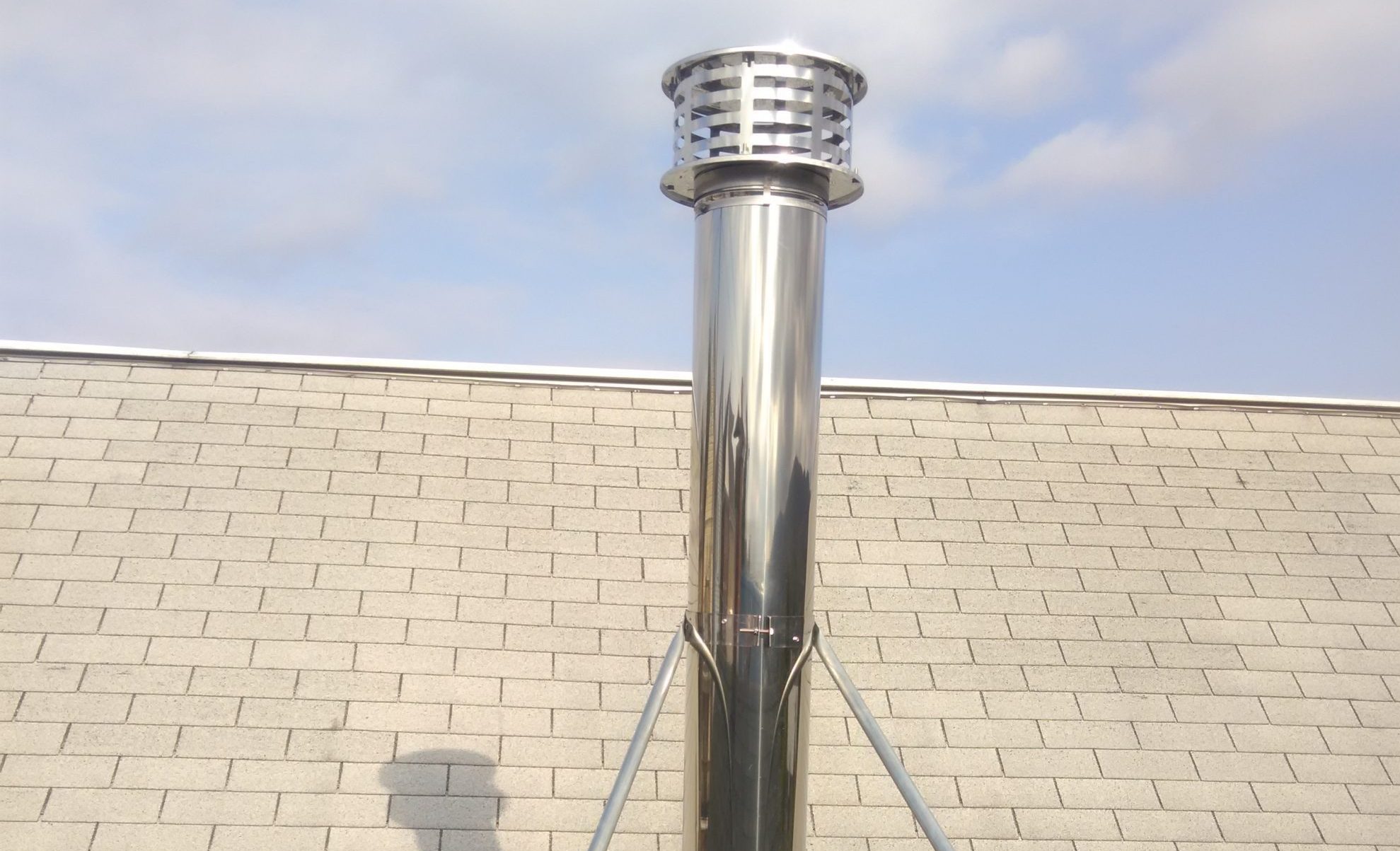
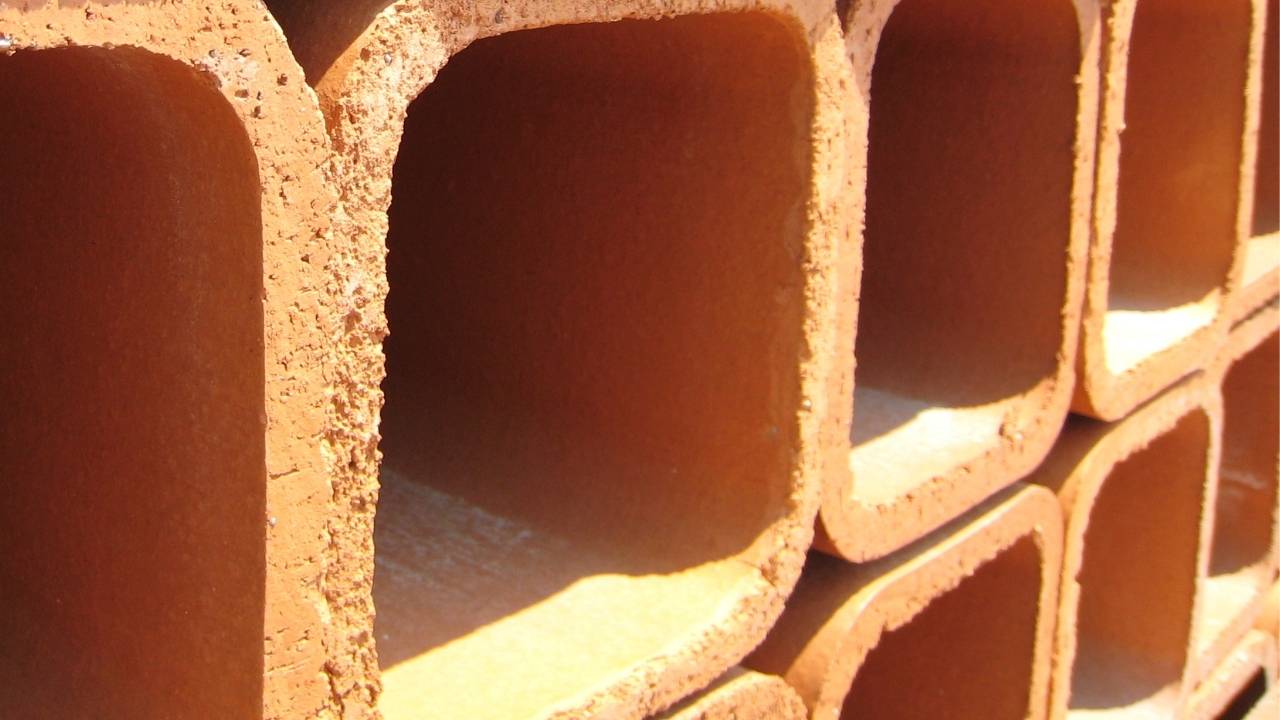
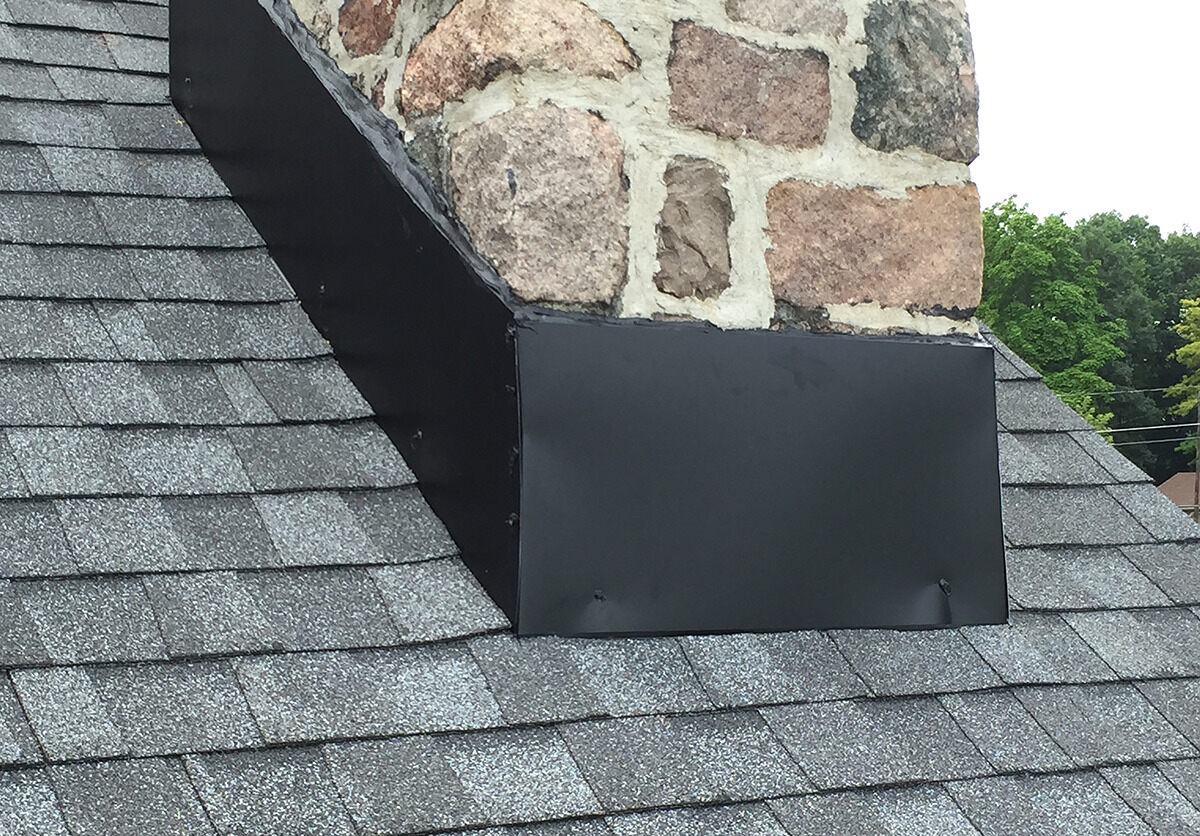
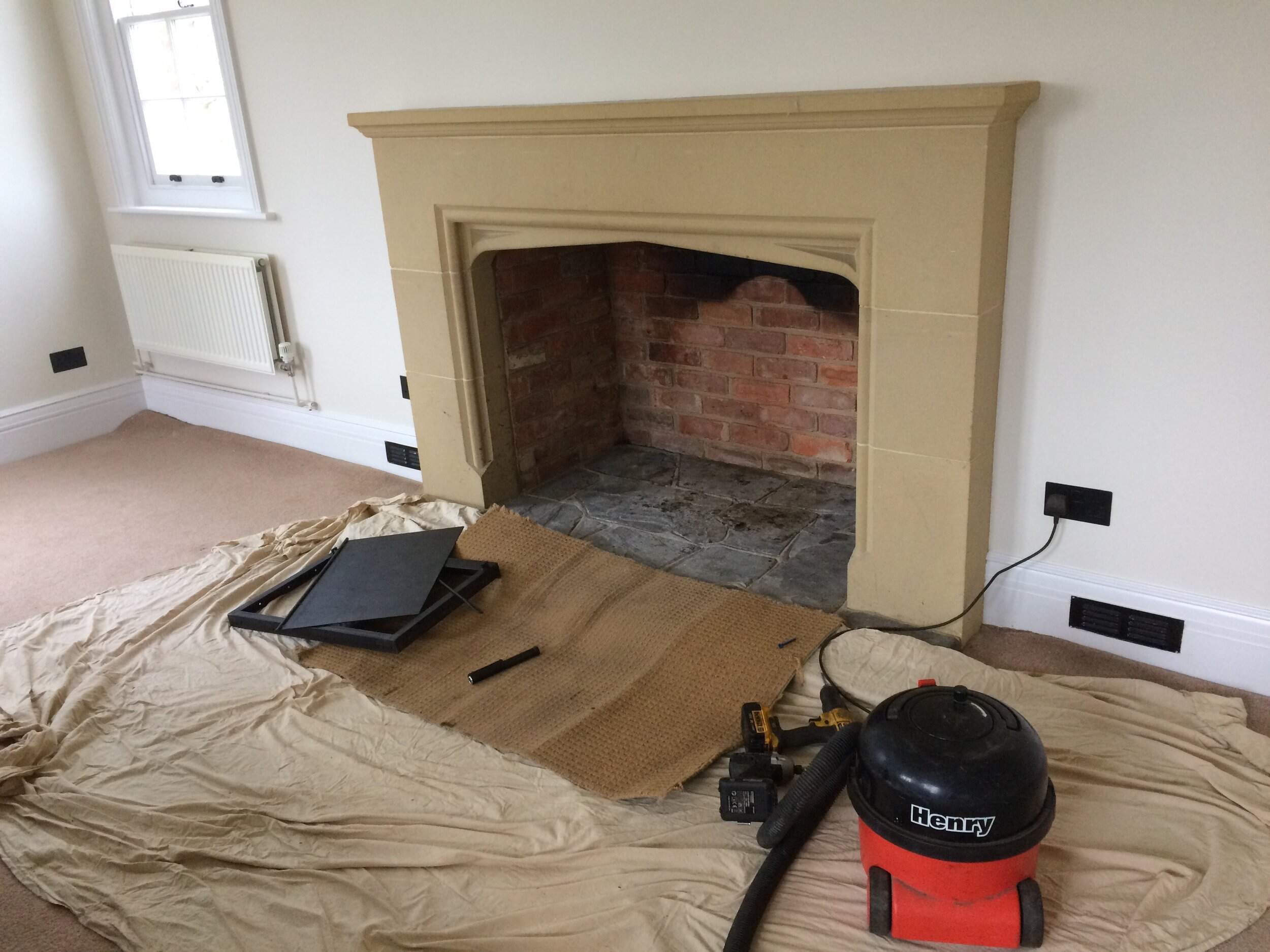
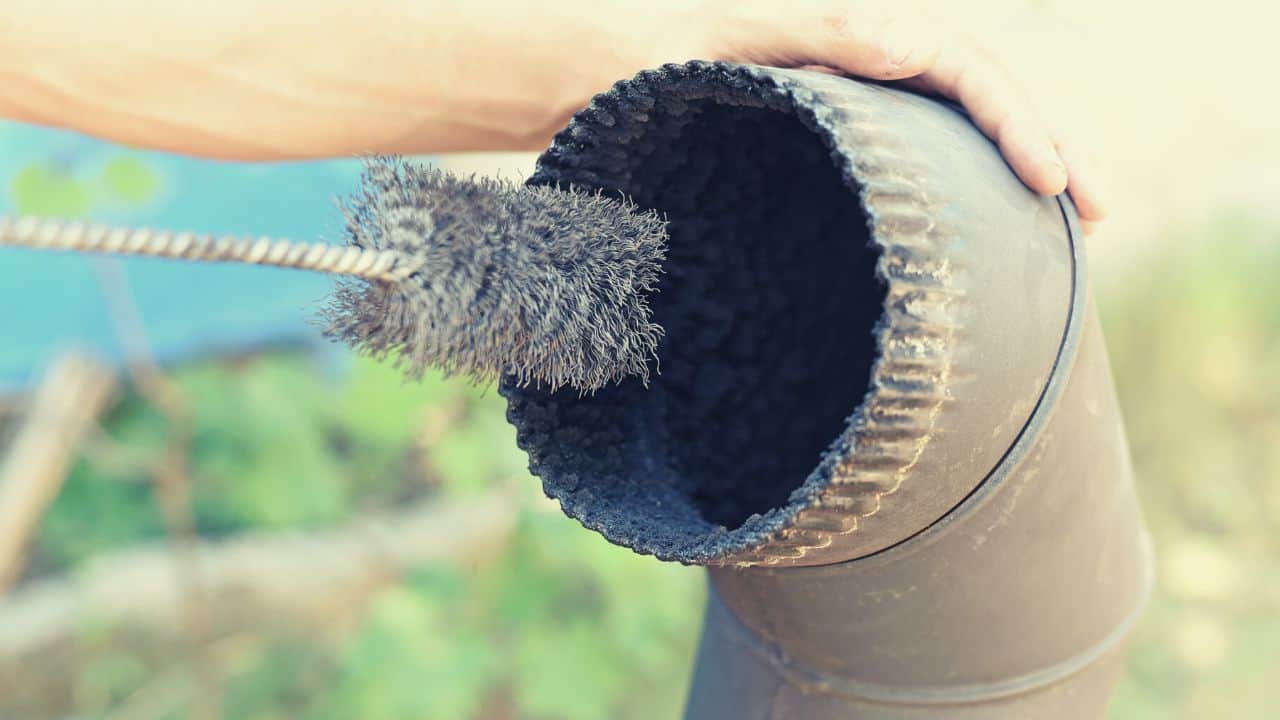
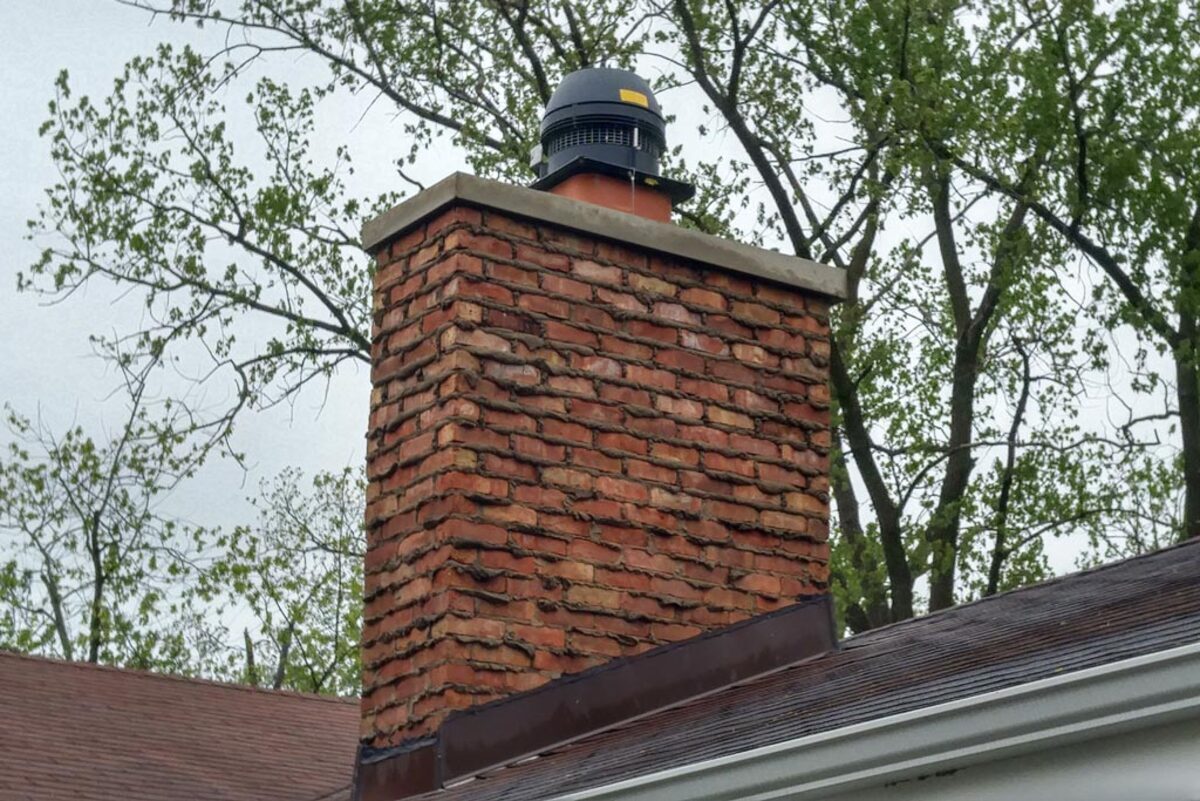

0 thoughts on “What Is A Chimney Crown”